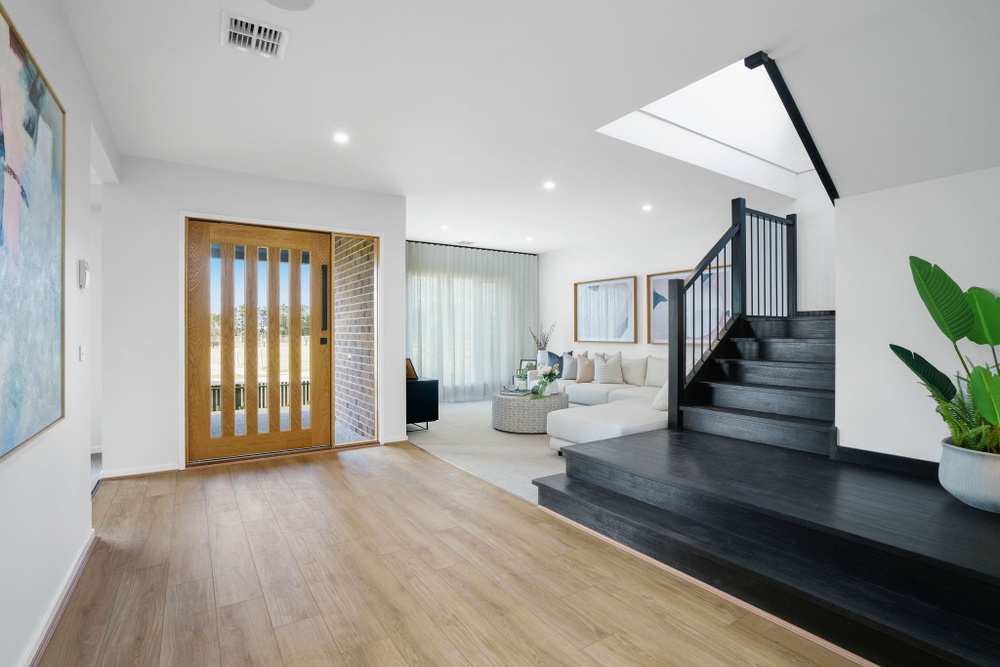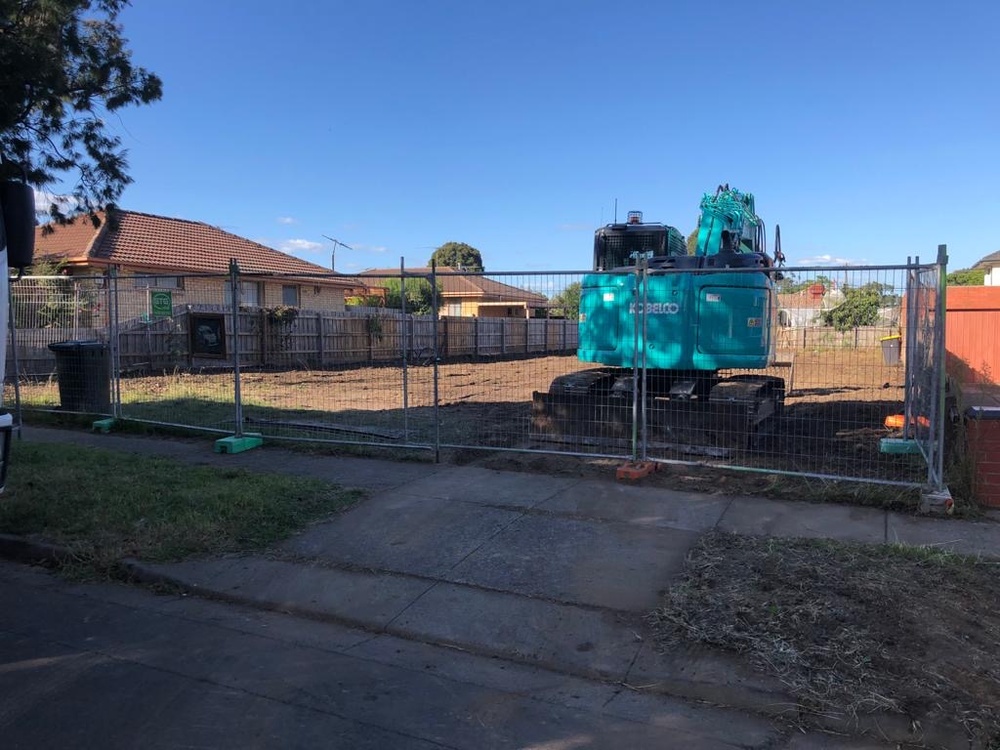How Long Will The Knockdown Process Take From Beginning To End?
If you’re planning a knockdown and rebuild for your home, you need clarity on how long the process is likely to take. It can be daunting to think about having to vacate your home for an extended period while it is knocked down and rebuilt, but the good news is that you may not have to spend as much time out of your home as you think.
A knockdown and rebuild is a great option for people who are happy living in their area but would like to upgrade their home. Perhaps you’re looking to create a larger home for a growing family, or perhaps you want to downsize and use more of your available land for a garden and outdoor area. Knocking down a home that doesn’t suit your needs is often more cost-effective and less complicated than trying to renovate your existing home to fit your new requirements.
While the whole process typically takes a year to eighteen months from beginning to end, it is possible to continue living in your property for a significant portion of this time. We take a look at the process to determine what the steps are, and how long you can expect to be moved out.

Source: Bentley Homes, Caledonia 400 display home
Step 1: Designing Your New Home
Arguably the most important step in a knockdown and rebuild project, designing your new home is a step in the process that you don’t want to rush. For your new home to meet all your requirements and expectations, it’s vital that you put a lot of thought into the design before going any further.
It’s also important to consider any local regulations around building in your area. Review your title documents and check with the council about requirements and any protections that may be on your own house or the area.
The design of your home will have a big impact on the timeline of the build. Obviously, a larger home will take longer, as will a very complex type of build with multiple stories or additional features.
Step 2: Submit Your Home Design To Council For Approval
You will almost always require planning approval before you can begin building your new home. Your builder will normally submit your plans to council on your behalf. Councils usually decide on planning permits within 60 days, but you should allow for the process to take longer. Often you will not receive approved building applications for three to six months.

Source: Armstrong Demolition, Melbourne
Step 3: Organise The Demolition
Once you are ready to arrange for a demolition company to come and knockdown your existing property, it’s time to move out. Prior to the demolition, your utility companies (gas, water, electricity and internet) will need to be notified so they can disconnect your services and remove any infrastructure. Your demolition specialist should take care of this for you.
Your builder will be able to arrange or point you in the right direction of a qualified demolition contractor. They will conduct the demolition, remove asbestos if necessary, and take away all waste material.
The timeline for the demolition is dependent on a few factors, including the level of difficulty and the location of your home – a property on a very narrow block, for example, might pose extra complications as the demolition team need to navigate between houses and avoid damaging other properties.
Step 4: Begin Building!
Once the old house has been demolished and the site has been prepared for construction, it’s time for your builder to begin. The build itself can take anywhere between six and twelve months, depending on a lot of variables. A simpler, single storey house is easier and faster to construct. Similarly, if you have chosen a build that is a very standard design for the builder, they will likely be able to construct this faster than if you have requested for multiple alterations and customisations.
While the whole process typically takes a year to eighteen months from beginning to end, it is possible to continue living in your property for a significant portion of this time. Overall, you can expect to be living out of your home for at least nine months. However, if you want to save money and avoid renting or staying elsewhere for a prolonged period, it is a good idea to leave moving out until it is completely necessary – namely, when the time comes for the house to be demolished.